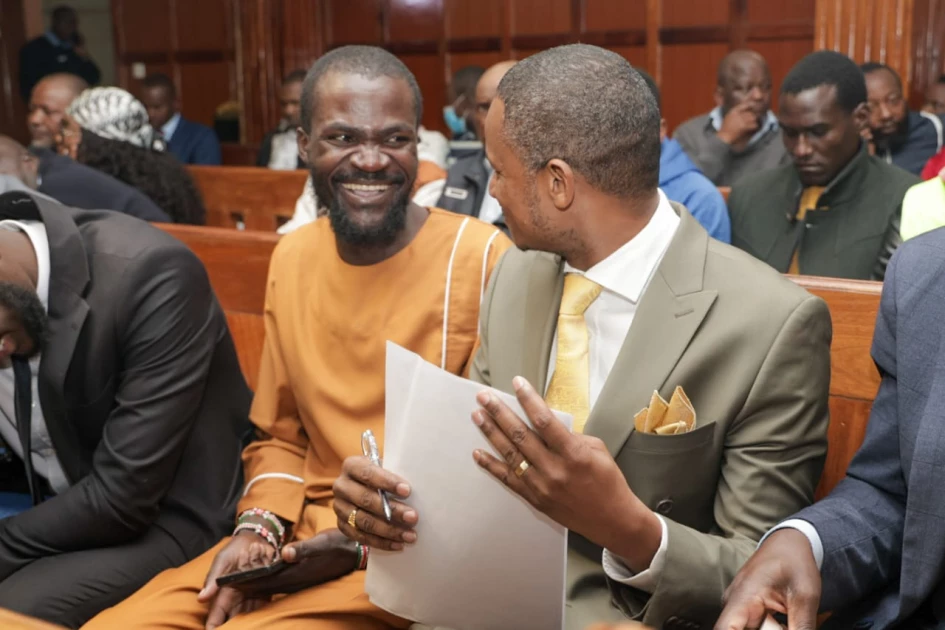The trial of political activist Nuru Maloba Okanga, accused of publishing false, defamatory, and threatening information against President William Ruto, resumed on Thursday with the arresting officer taking the stand.
Okanga is facing charges linked to a video clip circulated widely on TikTok and other social media platforms. In the clip, he allegedly made remarks urging the then–Deputy President to use his past experience as a District Commissioner to “shoot the President because he was disturbing him, the same way he used to disturb the President, who is now the former President, when he was Deputy President.”
Police officer Milton Mwanzi, who was part of the Nairobi-based unit deployed to arrest Okanga, testified that he was instructed to apprehend the activist at Tasia Estate in Embakasi after the video went viral. Mwanzi, however, admitted that his involvement was limited to executing the arrest.
“I only managed to watch part of the clip. I did not have enough time because I had been instructed to accompany the arresting team,” he told the court.
Under cross-examination by defense lawyer Babu Owino, Mwanzi conceded that he could not verify the authenticity of the footage, nor confirm whether it had been manipulated. He further admitted that he lacked expertise in forensic cybercrime investigations.
“I cannot tell when the video was uploaded or who uploaded it,” Mwanzi said. He also confirmed that he did not obtain a court order to track Okanga’s movements, nor did he seize any electronic devices during the arrest.
Mwanzi acknowledged that the arrest was carried out based on instructions from his superior and that he had not reviewed the charge sheet beforehand. He added that while there was pressure surrounding the case, he could not establish its source.
The prosecution is seeking to prove that Okanga was responsible for the circulation of the contentious video and that his remarks amounted to a criminal offence. The defense, meanwhile, has cast doubt on the credibility of the evidence, questioning both its authenticity and the investigative process.

